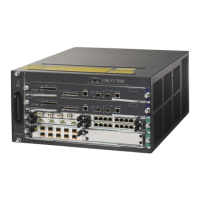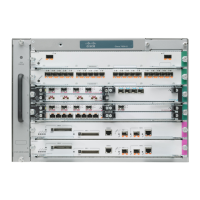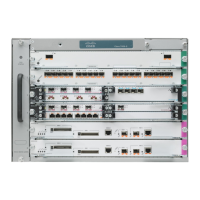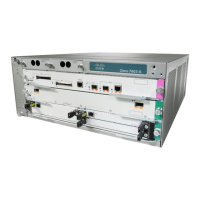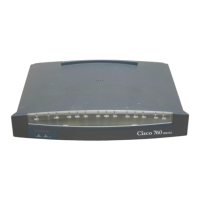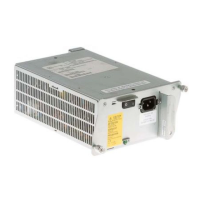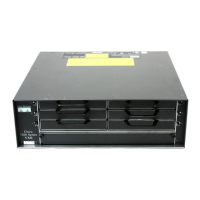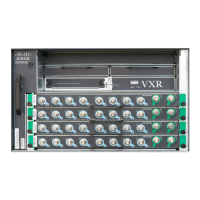15-13
Cisco 7600 Series Router Cisco IOS Software Configuration Guide—12.1E
78-14064-04
Chapter 15 Configuring STP and IEEE 802.1s MST
Understanding How IEEE 802.1w RSTP Works
Understanding How IEEE 802.1w RSTP Works
Note In Cisco IOS release 12.1(11)EX and later releases, RSTP is implemented as part of Multiple Spanning
Tree Protocol (MSTP). In Cisco IOS release 12.1(13)E and later releases, RSTP is also available as a
standalone protocol in Rapid-Per-VLAN-Spanning Tree (Rapid-PVST) mode. In this mode, the switch
runs an RSTP instance on each VLAN, which follows the usual PVST+ approach.
These sections describe Rapid Spanning Tree Protocol (RSTP):
• IEEE 802.1w RSTP Overview, page 15-13
• RSTP Port Roles, page 15-13
• RSTP Port States, page 15-14
• Rapid-PVST, page 15-14
IEEE 802.1w RSTP Overview
RSTP significantly reduces the time to reconfigure the active topology of the network when changes
occur to the physical topology or its configuration parameters. RSTP selects one switch as the root of a
spanning tree-connected active topology and assigns port roles to individual ports of the switch,
depending on whether that port is part of the active topology.
RSTP provides rapid connectivity following the failure of a switch, switch port, or a LAN. A new root
port and the designated port on the other side of the bridge transition to forwarding using an explicit
handshake between them. RSTP allows switch port configuration so that the ports can transition to
forwarding directly when the switch reinitializes.
RSTP as specified in 802.1w supersedes STP specified in 802.1D, but remains compatible with STP.
RSTP provides backward compatibility with 802.1D bridges as follows:
• RSTP selectively sends 802.1D-configured BPDUs and topology change notification (TCN) BPDUs
on a per-port basis.
• When a port initializes, the migration-delay timer starts and RSTP BPDUs are transmitted. While
the migration-delay timer is active, the bridge processes all BPDUs received on that port.
• If the bridge receives an 802.1D BPDU after a port’s migration-delay timer expires, the bridge
assumes it is connected to an 802.1D bridge and starts using only 802.1D BPDUs.
• When RSTP uses 802.1D BPDUs on a port and receives an RSTP BPDU after the migration-delay
expires, RSTP restarts the migration-delay timer and begins using RSTP BPDUs on that port.
RSTP Port Roles
RSTP uses the following definitions for port roles:
• Root—A forwarding port elected for the spanning tree topology.
• Designated—A forwarding port elected for every switched LAN segment.
• Alternate—An alternate path to the root bridge to that provided by the current root port.

